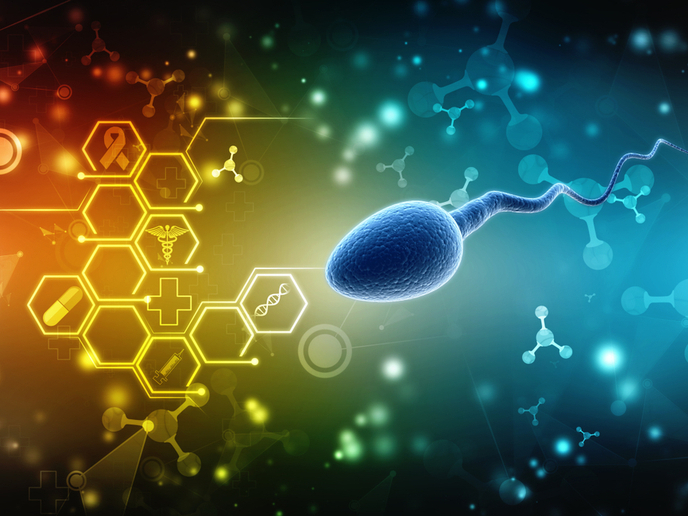The molecular cause of immunodeficiency
Primary immunodeficiencies are a group of hereditary disorders associated with severe immune dysfunction. Two of these diseases, Wiskott-Aldrich syndrome (WAS) and X-linked neutropenia (XLN), are caused by mutations in the gene encoding the WAS protein (WASP). WASP is a haematopoietic cell-specific protein that regulates immune cell response, migration and phagocytosis. WAS is caused by loss of function mutations; patients are immuno-compromised and cannot respond to foreign pathogens. In contrast, XLN is due to gain-of-function mutations, and patients suffer from severe neutropenia. However, the mechanisms by which these diverse clinical phenotypes are caused by different mutations in WASP remain largely unknown. Seeking to address this, scientists on the EU-funded 'Unravelling the mechanism for development of WASP-associated primary immunodeficiency' (WASPSTINGS) project studied a novel mouse model of the disease. Given that patients with mutations in WASP fail to respond to foreign pathogens yet react vigorously to self-antigens, the key objective was to delineate the precise role of WASP in the immune system. Project results showed that B cells lacking WASP could not undergo proper affinity maturation in the lymphatic system. Instead, WASP-deficient mice displayed an expansion of B cells that recognise autoantigens. These data indicate that WASP-associated disorders are caused by an improper activation of immune cells breaching the correct tolerance induction. The research team has also set up a platform of gene-targeted mice for the future investigation of WASP family members and their interaction partners. Combined with the findings of the WASPSTINGS study, this platform should bridge the knowledge gap on the role of WASP in haematopoiesis and immune system development.







